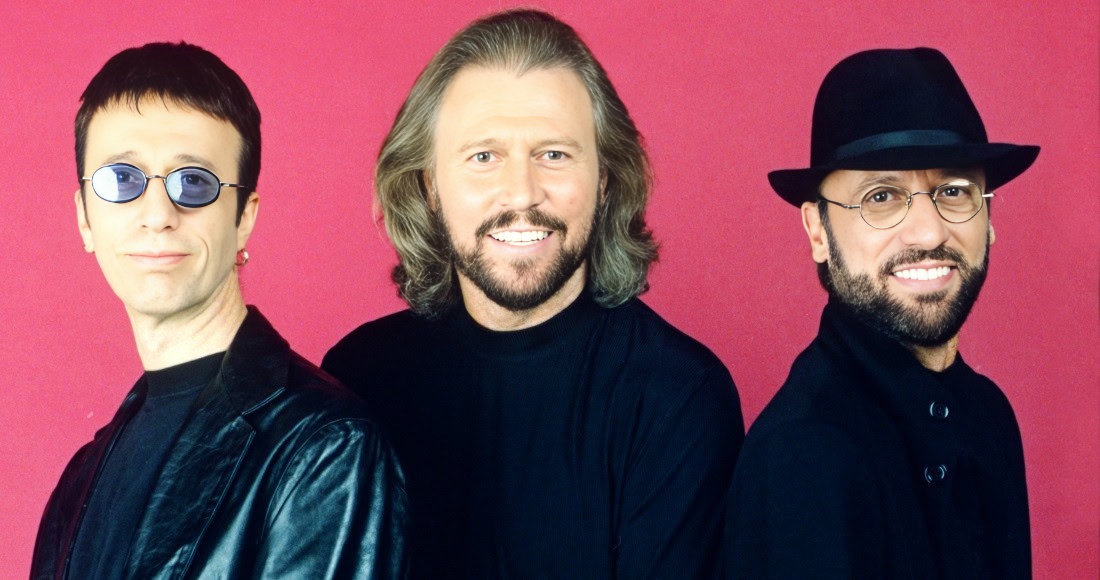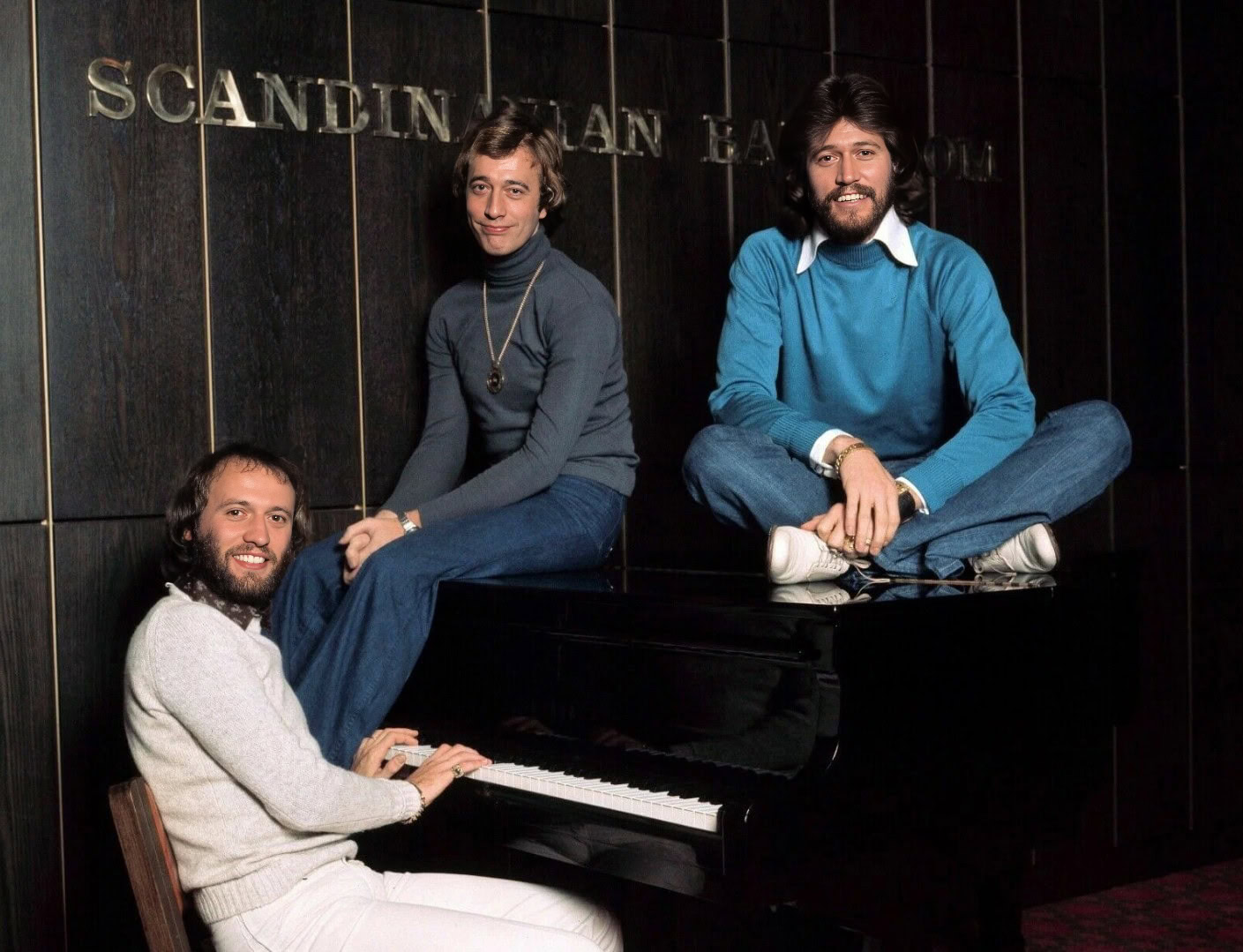
“Jive Talkin’,” released in May 1975, marks a pivotal moment in the illustrious career of the Bee Gees, the fraternal trio composed of Barry, Robin, and Maurice Gibb. This infectious track served as a powerful comeback, signaling their transition from soft rock balladeers to disco pioneers, a genre they would come to dominate. The song was the lead single from their album *Main Course* and was initially titled “Drive Talking” because much of the inspiration came while driving.
The song’s driving rhythm, powered by a pulsating bassline and Barry Gibb’s newly discovered falsetto, was revolutionary. “Jive Talkin'” essentially laid the groundwork for the disco sound that would define the latter half of the 1970s. Lyrically, the song explores themes of miscommunication and deception in relationships. The “jive talkin'” refers to the empty promises and misleading words that can create distance between people. It’s a lament about someone who is all talk and no action, leaving the speaker feeling misunderstood and frustrated.
The song’s impact was immediate and undeniable. “Jive Talkin'” soared to the top of the charts, reaching number one on the Billboard Hot 100 in the United States, their first chart-topper since 1971, resurrecting their career, and giving them their second US number-one hit. It also peaked at number five on the UK Singles Chart. The song found success in many other countries such as Canada (N°1), New Zealand (N°2), Ireland and Spain (N°4).
The public embraced the Bee Gees’ new sound wholeheartedly. The catchy melody and relatable lyrics resonated with a broad audience, solidifying the song’s status as a dance floor staple. Critics also praised the song’s innovative production and the group’s bold stylistic shift. “Jive Talkin'” is widely considered a classic, not only of the disco era but of pop music in general, demonstrating the Bee Gees’ extraordinary ability to reinvent themselves and remain relevant.
